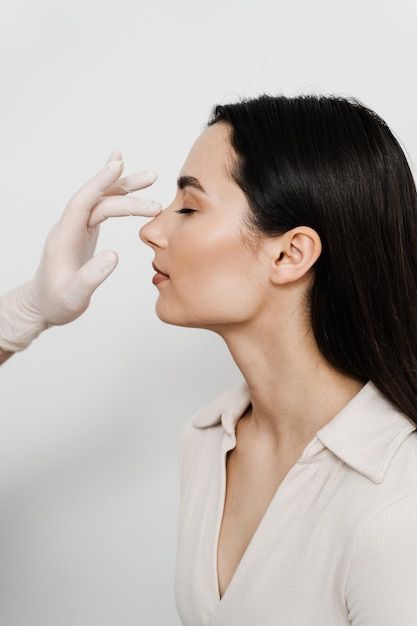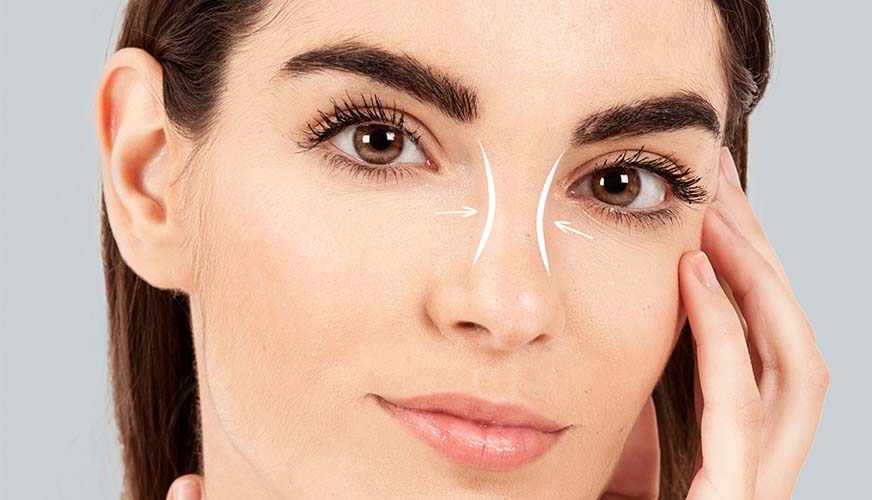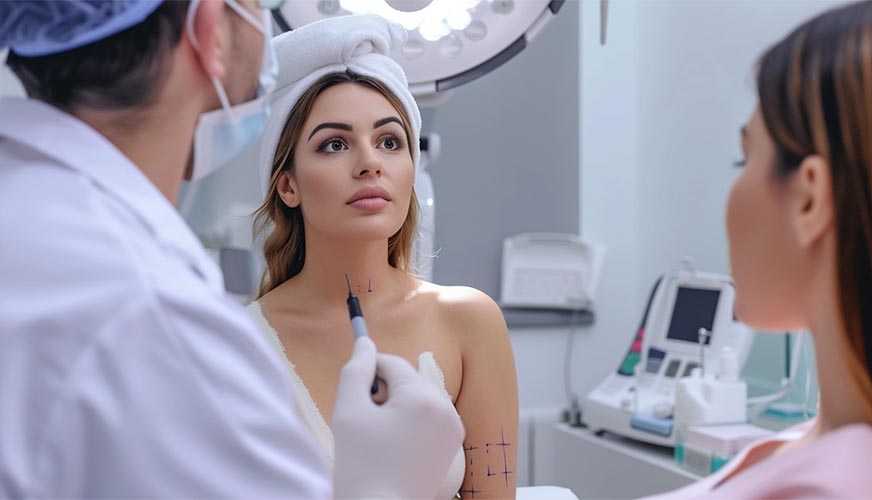22 August 2024
Nasal septum curvature surgery
Septoplasty
The vast majority of nasal breathing disorders are related to the curvature of the nasal septum inside the nose.When nasal breathing is disturbed, mouth breathing is forced. It has been proven by scientific studies that the absorbed oxygen during oral breathing is 10 times less than nasal breathing. As a result, this gradually causes a lack of oxygen in all the cells of our body, causing great harm to the body. If we can't breathe easily through our nose, it can cause many problems in the body, especially at night, such as sleeping with the mouth open, dry mouth, snoring, waking up tired from sleep, reduced work capacity, increased heart rate, nervousness, stagnation in the lungs, etc. In order to get rid of all these problems, it is necessary to breathe comfortably in the nose. This is possible through septoplasty surgery (correction of the nasal septum). When performing septoplasty surgery, the curved parts are straightened and placed correctly between the mucous membranes, making them straight. it used to be made with a hammer and chisel, but now the curved parts of the partition are made using more modern tools and devices. At the end of the operation, not a tampon, but silicone tubes are inserted to keep the newly adjusted nasal septum in the midline, which is removed 1-2 days after the operation. This ensures a more comfortable and painless postoperative period.
Preparation for surgery
You are asked to stop drinking, stop smoking, and take blood thinners such as aspirin for six hours before the nose job. Taking into account these recommendations will positively affect and speed up your health after the operation. Remember that you will have a companion who will stay with you the day after surgery and can go home.
Your surgery location is Am
To ensure the patient's safety, rhinoplasty operations are tried to be performed only in hospitals, as well as easily.
Anesthesia and surgical operations will be performed in your case
Nose surgery is performed under general anesthesia. If your surgeon has prescribed this method, you will be asleep during the procedure. The surgery usually takes two to three hours. During the operation, the skin on the nose, bone and cartilage is completely separated from the roof and the nose is given any shape. Incisions are made through the nostrils or at the base of the nose, reaching the bone and cartilage roof and formatting is performed. The skin is then re-branded.
After the operation Swelling of the head, mild pain in the nose and head may be felt during the first twenty-four hours after the operation. You can use the medicine given by your surgeon for your pain. It is not suitable to rest your head for a day and get up except for your urgent needs. Bruises and swelling around your eyes will increase during the first 1-2 days. Applying a cold compress will reduce swelling and make you feel better. Most of the swelling and bruising will go away within a week. There may be a small amount of bleeding and nasal congestion for a few days and weeks after surgery. Your surgeon advises you to clear your nose during the first week.
Your nose is cleaned by your surgeon during follow-up.
At the end of the operation, silicone will be placed in your nose and will be worn for 2 to 4 days. You will be able to breathe easier when your nasal silicones are out.
Your cast and stitches will be removed by the end of the first week, and you will be free of all bandages within the first three weeks following surgery. Get back to normal. Many rhinoplasty patients are up and running after two days and back to school or desk jobs a week later. for two weeks.
Your doctor will give you detailed information about situations to avoid in everyday life.
During the first two to three weeks after the operation, you should avoid strenuous activities, such as swimming, weight lifting, and protect your nose from blows and the sun for two months.






Tags (0)
No comments